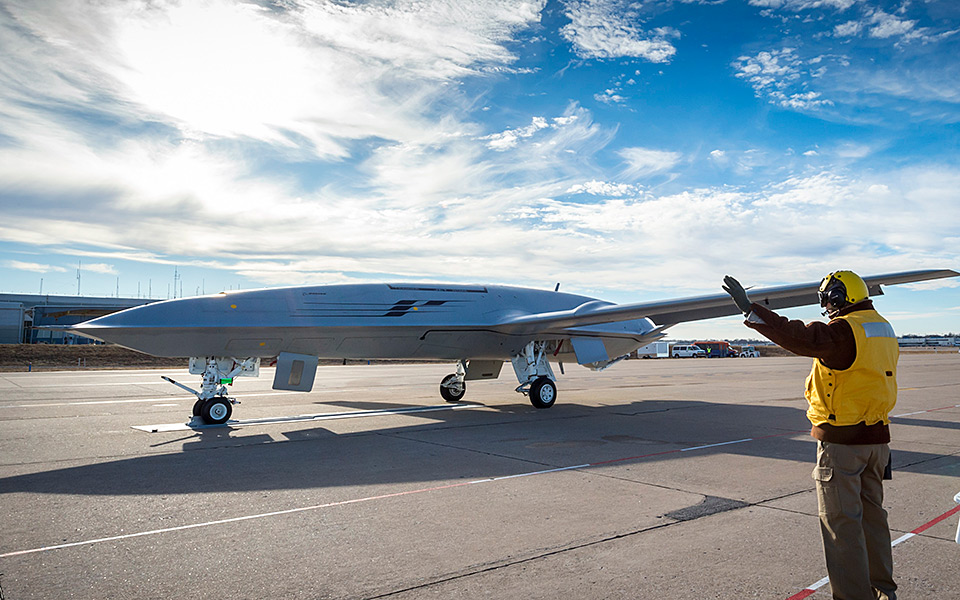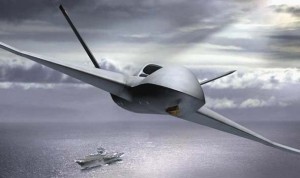Navy Enters Drone Age, Taps Boeing for MQ-25
Posted on

Boeing MQ-25 Stingray prototype
WASHINGTON: Boeing won an $805 million contract to build four prototypes of the Navy’s robotic flying gas station, the MQ-25 Stingray, the Pentagon announced Thursday.
The Stingray program is expected to eventually grow into a $13 billion fleet of 72 drones. Loaded with jet fuel, they’ll vastly extend the ranges of carrier-based aircraft operating in the expanses of the western Pacific. That lets the Navy strike deeper into China’s layered defenses — known in Pentagonese as anti-access/area denial (A2/AD) systems — while keeping the big decks out of range of most of China’s anti-ship missiles.
The Boeing win kicks off a development program expected to culminate in a 2024 declaration of initial operational capability.
“This is an historic day,” said Chief of Naval Operations Adm. John Richardson. “We will look back on this day and recognize that this event represents a dramatic shift in the way we define warfighting requirements, work with industry, integrate unmanned and manned aircraft, and improve the lethality of the air wing.”
According to the Navy’s requirements, the MQ-25 must be able to deliver 14,000 pounds of fuel at distances of 500 nautical miles from an aircraft carrier.
The move also announces the arrival of drones to carrier air wings, after a long and bumpy path. In 2016 the Navy scrapped plans for its UCLASS Unmanned Carrier-Launched Surveillance and Strike drone, after the service and the Pentagon weren’t able to fully articulate requirements.
A decade earlier, in 2006, the Navy first began working on plans for a stealthy strike platform that could push out further than manned F/A-18 Super Hornets, EA-18G Growlers, and F-35C Joint Strike Fighters, punching through enemy air defenses to hit its targets.
Eventually, then-Deputy Secretary of Defense Bob Work launched a deep dive into the Pentagon’s unmanned aircraft portfolio, after which the Navy decided that the drone program would be limited to the tanking mission.
From the ashes of that program rose the MQ-25. Today Boeing beat out Lockheed Martin and General Atomics for the win, after Northrop Grumman pulled out of the competition last year.
Boeing built a full prototype of its MQ-25 design, and then flew it in deck handling demonstrations. General Atomics decided not to build a demonstrator, but was said to have used a version of its Avenger drone for some test flights.
Lockheed offered a flying wing design, similar to Northrop Grumman’s pioneering X-47B. But the Navy chose Boeing’s more traditional body-wing design.
Subscribe to our newsletter
Promotions, new products and sales. Directly to your inbox.


